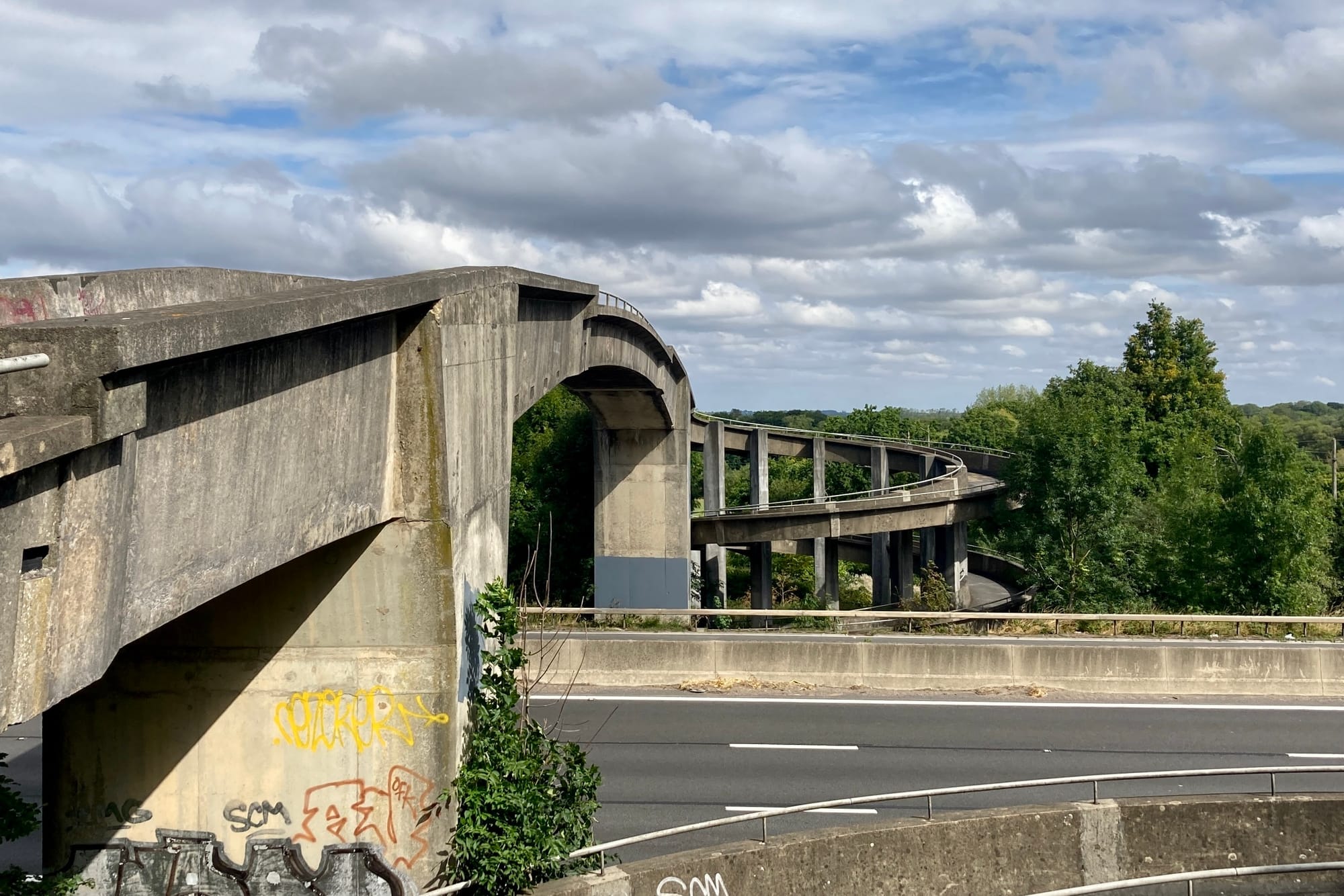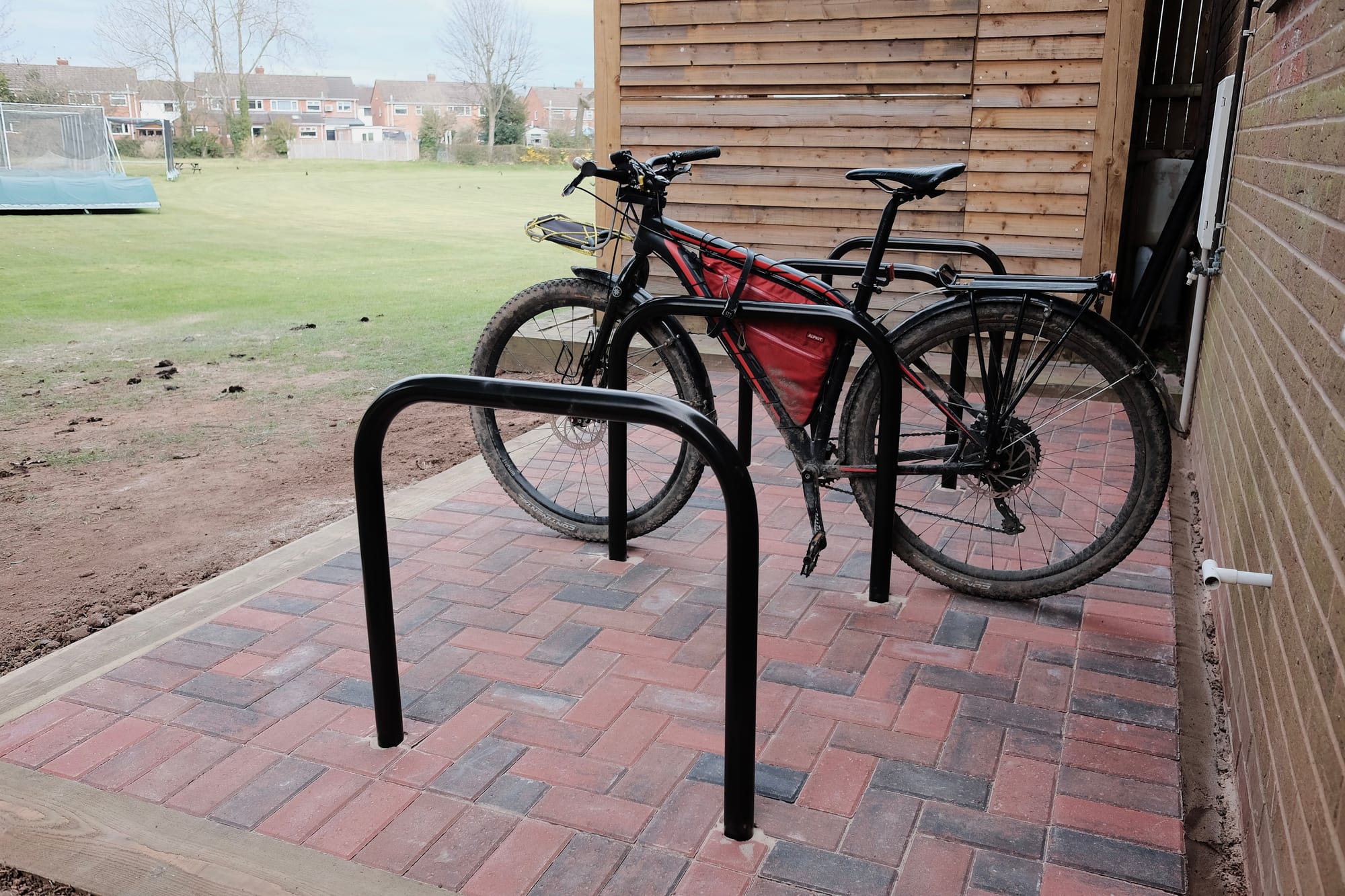Small acts of change
As an introvert, I'm not inclined to activism but I've come to find satisfaction in taking practical steps towards a better future for walking and cycling.

How we get around is fundamental to who we are, and who we want to be. Do we want to be a society whose communities are clogged with congestion and choked with pollution, where people are excluded from public spaces by the dominance of cars?
Or do we want to create places through which people of all ages and abilities can travel independently and safely? Do we want places that bring us together as humans, instead of isolating us inside machines?
In his 1973 essay 'The Social Ideology of the Motorcar', philosopher André Gorz imagined how the inhabitants of future towns might live:
To get around everyday they would be able to use all kinds of transportation adapted to a medium-sized town: municipal bicycles, trolleys or trolley-buses, electric taxis without drivers. For longer trips into the country, as well as for guests, a pool of communal automobiles would be available in neighborhood garages. The car would no longer be a necessity.
At the time Gorz was writing, the Netherlands was already travelling towards this future. Angered by the increasing number of children killed on the country’s roads, communities rose up. One of the most famous protest groups was Stop de Kindermoord, which translates as 'stop the child murder'. Their actions persuaded the Dutch government to change direction, remove cars from communities and build a comprehensive network of cycling infrastructure that keeps riders separate from traffic.
Other cities, from Copenhagen to Bogota, have demonstrated the benefits of this approach. Paris mayor Anne Hidalgo has presided over a cycling revolution, with new infrastructure encouraging more people onto their bikes – the numbers cycling at peak times doubled between 2022 and 2023. In Dijon, the city centre has been pedestrianised, with trams, buses and plenty of benches helping older people access the area easily. I passed through there last summer on our family train trip to Switzerland and found it a beautiful, relaxing place.
What about our towns and cities in the UK? They’re finally embracing a reality where mobility doesn’t rely on cars. London has made a lot of progress since I lived there and commuted by bike nearly two decades ago. But outside the capital, things are moving slowly. My small town still has just two short stretches of segregated cycle paths and on the high street drivers have struck and killed or seriously injured pedestrians on two occasions in the last couple of years.
Despite the obvious downsides of heavy traffic and congestion, and the well-documented benefits of travelling actively, some people resist change while others hijack the debate to stoke political division. For a long while, I watched from the sidelines – unable to bear the confrontation that comes from speaking out. I felt it was enough to be the change, to walk and cycle through a world not yet ready to make progress.
But gradually, I've come to see things differently. I realised that if I want to live in a society where everyone – especially children – can walk, cycle or wheel through their neighbourhoods safely and confidently, I need to help make this happen. I need to speak up in my own quiet way.
Sustrans, Children's Walking and Cycling Index
I wanted to improve things today, but also to inch towards the sort of future André Gorz imagined. I bought a safety camera and reported the dangerous and illegal driving I experienced to the police, who took action against the drivers. It felt good – as though I was tipping the scales a tiny bit, addressing some of the injustice and bullying that vulnerable road users face every day.
I also hassled the council into repainting the markings on the tiny stretch of cycle path on the route to my son’s primary school. It entangled me in the sort of administrative knot in which local government often ties itself, as two different councils both denied it was their responsibility. Eventually, I received a tangible reward for my perseverance: a cleared path and fresh white paint.

And recently I secured a grant from the council to install bike racks at the cricket club where my son plays. Lots of the kids already walk, scoot or cycle to practice, but proper bike parking will make it easier for them. It will help us encourage more families to get out of their cars and discover that carefree feeling of cycling home on a warm summer evening after playing with friends.
And for all the practical benefits, travelling actively – whether on two feet or two (or more) wheels – is ultimately about joy and freedom. For that, I'm willing to step out of my comfort zone and push for progress.

